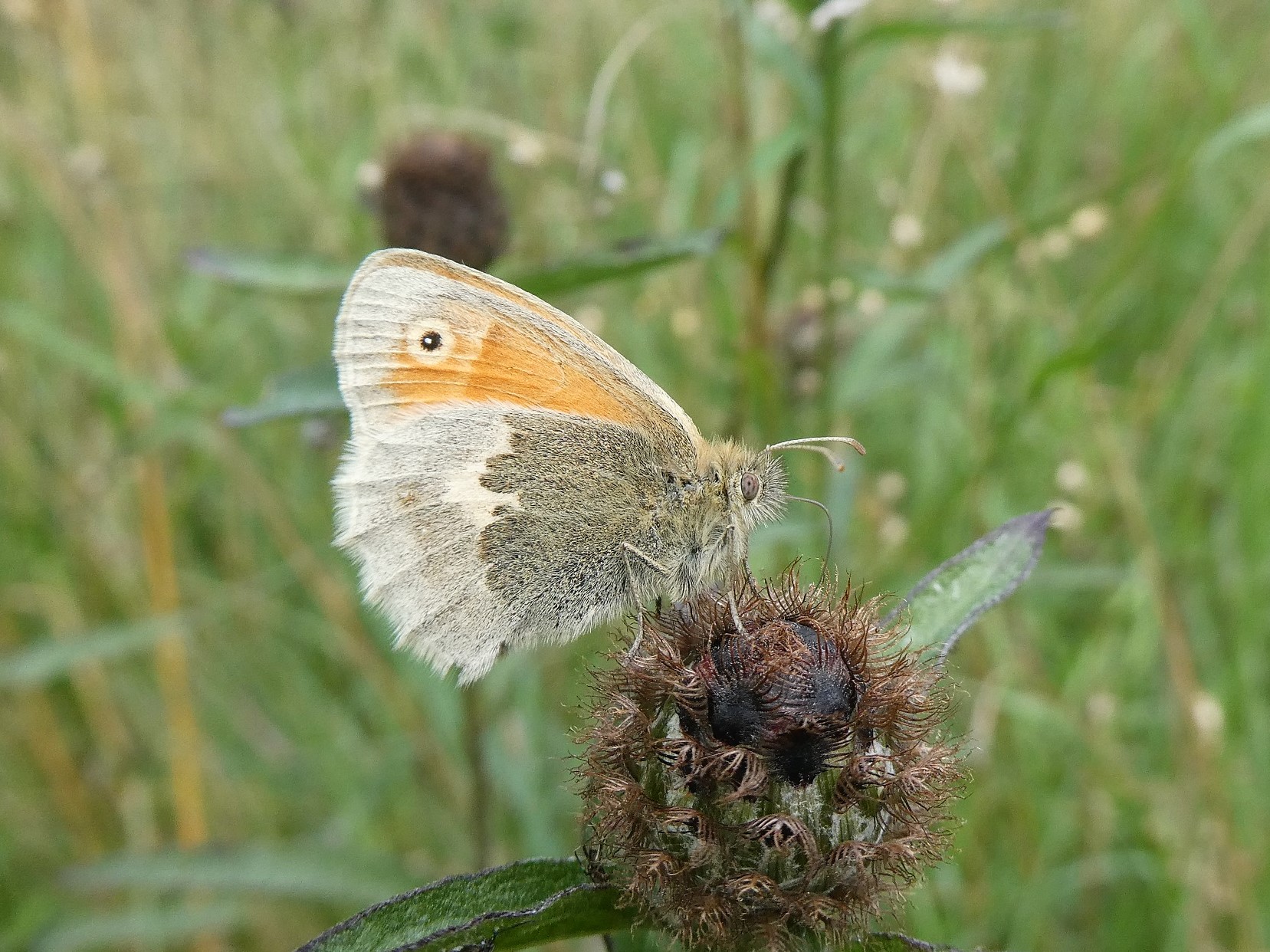Summer 2020 is a dull, wet contrast to the sunny, dry spring. But summer butterflies have to get out and get their business done. Butterflies are great at making the most of the brief sunny windows, flinging themselves into the sun, urgency the byword, feeding, mating and egg-laying achieved efficiently. The poor summer of 2009 was no bar to Silver-washed Fritillaries, despite fears that it suffered from a lack of opportunity to lay down the next generation. In the summer of 2010, it emerged in good numbers.
Of course, there have to be some good days. Prolonged bad weather can cause serious damage. Grassland butterflies can be badly hit by unsuitable weather. A long period of extreme, rainless heat can destroy larval foodplants. Bitter cold can ground butterflies, making them easy prey to amphibians, birds and spiders.
A good butterfly-watching tip is to visit good habitat on a warm sunny morning directly after a few days of rain. A burst of activity will often be your experience. I remember showing a friend a beautiful habitat in the Burren in County Clare on a sunny afternoon after a couple of days and a morning of heavy downpours. On this early August afternoon, dozens of butterflies fluttered around wet but fragrant blooms. There was tremendous energy and excitement in the air as though nature celebrated the sun’s revival. Golden Brimstones, chestnut Brown Hairstreaks, gleaming Small Coppers, shimmering Common Blues among others burst into view, happy to be out!
Butterfly life is often short so they have to make the most of their time. Their ability to fit so much into short intervals means that we generally have the most adaptable butterflies in Ireland. As long as our butterflies have their habitats…
Here is a selection of what is on offer in July.









Photos J.Harding

